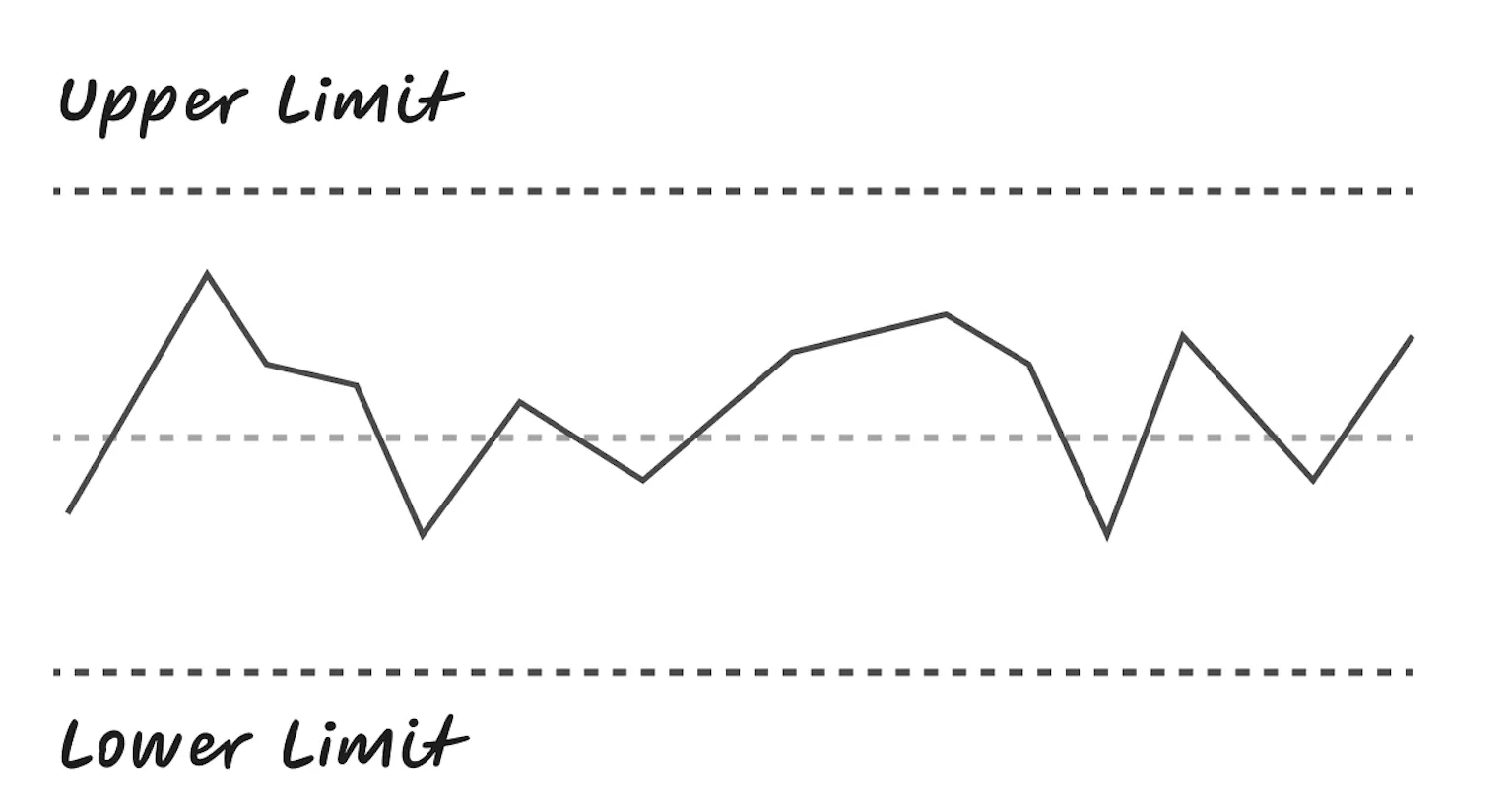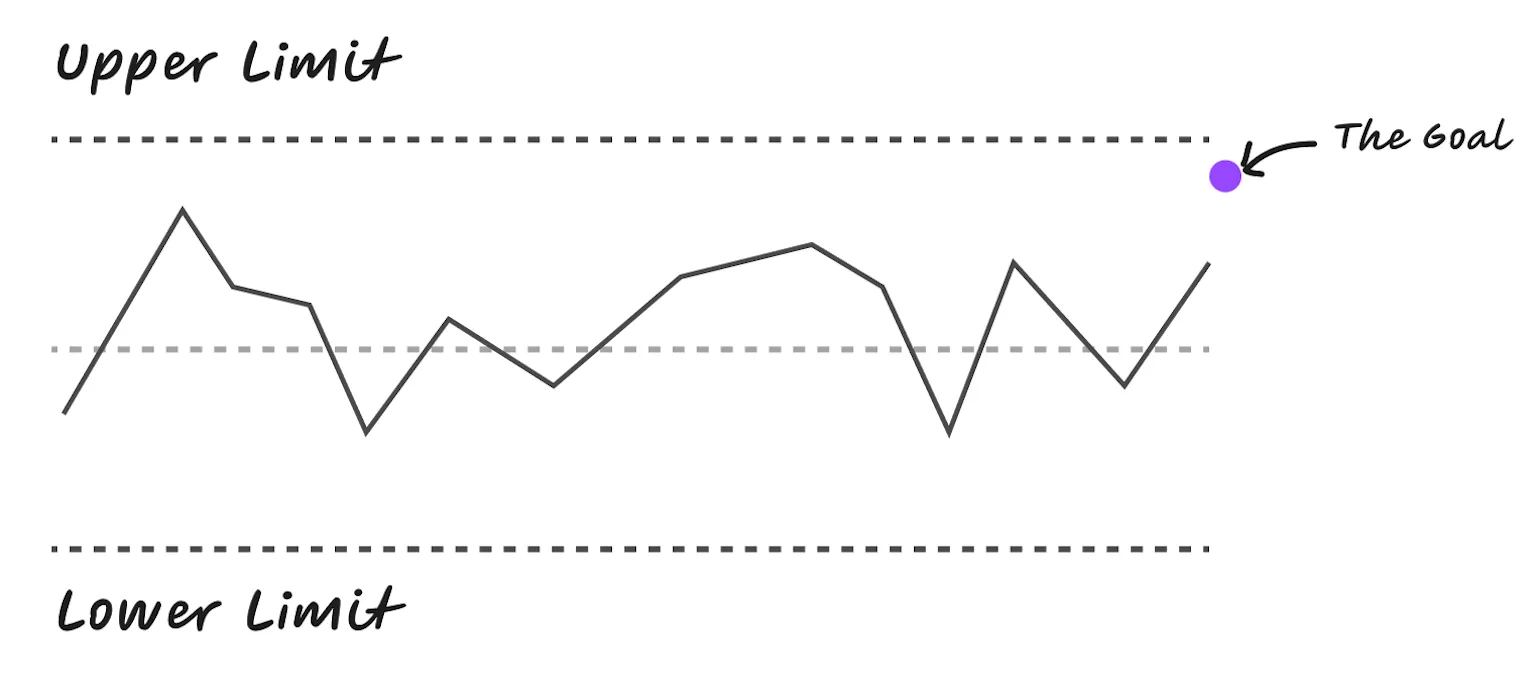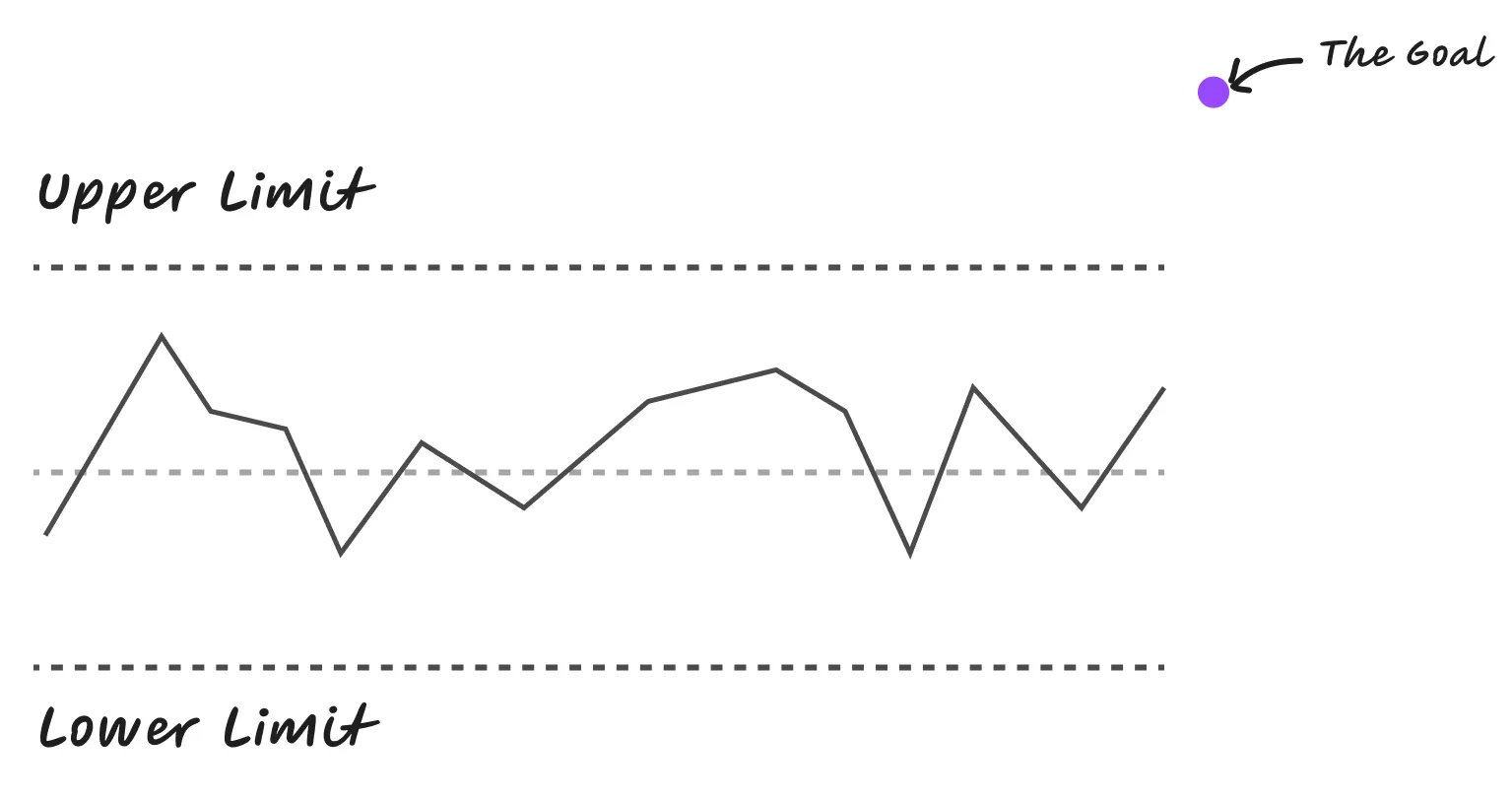
The Power of Practice
Our engineering team recently had a training with Sandi Metz. It was incredible. The team was engaged, the course was able to teach everyone something, and everyone walked away from it feeling really energized.
However, out of all the things Sandi mentored us on, one topic in particular stood out to me. I’m paraphrasing here, but it boiled down to this – If you try and go implement all of these things you learned in your code base starting next week, you will fail and give up. Pretty bleak. However that wasn’t all of the message. Again paraphrasing – Find ways to practice in a low stakes environment where you can throw away the code, and as you get better slowly incorporate the techniques into your day to day work.
So simple, yet so profound.
I’ve been reflecting a lot on that sentiment. Right now the team is energized. They had a great experience and are ready to dive into work next Monday. However, I believe there is truth in Sandi’s warning. If we try and change the whole world starting next week, I’m afraid we may become burnt out and, in time, revert back to the “old-ways” of doing things. So, how do we capture the energy and passion that our team is exhibiting right now and turn that into something lasting?
For starters, I believe we have to approach this with the aim of achieving systemic change. We want this to be a shift in how our system operates, not a special cause variation that burns really bright and then fades to black. I’m not sure that I have the answer but I think, at least partly, it lies in idea of “practices makes perfect”.
In Wiring the Winning Organization Gene Kim and Dr. Steven Spear dive into what makes great organizations great, and what makes everyone else just kind of meh. They present three concepts of Slowification, Simplification, and Amplification as ways to both assess and improve upon organizational performance. I’ve been thinking a lot about these concepts and how we might leverage these ideas to improve the effectiveness of our organizations.
Part of what Slowification presents is the idea of controlling the environment in which problem-solving occurs to make problem-solving easier. I have to admit, I was having a hard time understanding how to practically leverage this concept, but when Sandi Metz started talking about the importance of practice before doing in regards to the concepts that she had presented our team with, something clicked.
I think what both Sandi, Gene, and Steven are telling us is the same thing. We, have to create space for our teams to “play” with very low stakes. If we’re always working on something and it has to ship, we’re not creating an environment where the stakes are low, therefore they are high and problem-solving is not easier because risks have many more consequences.
So what do we do? The answer will be different for every organization and team, but there must be both time allotted for and emphasis placed on experimentation so learning can occur. If our teams are constantly moving from ticket to ticket, sprint to sprint, quarter over quarter, we end up with a lot of doing and not a lot of improving.
I’m not exactly sure how this will shake out for us, but I believe the first things we’re going to try are to leverage some time slots where the teams are already coming together to talk tech and focus in on the particulars of what we learned this week to try and improve our system of work. That’s our aim at least. Time will tell if we achieve it, but regardless we’re going to learn something.



